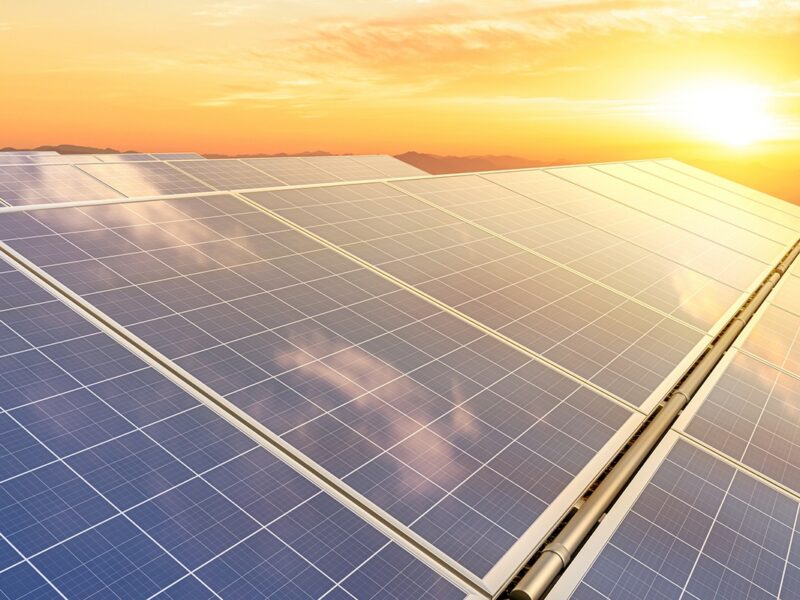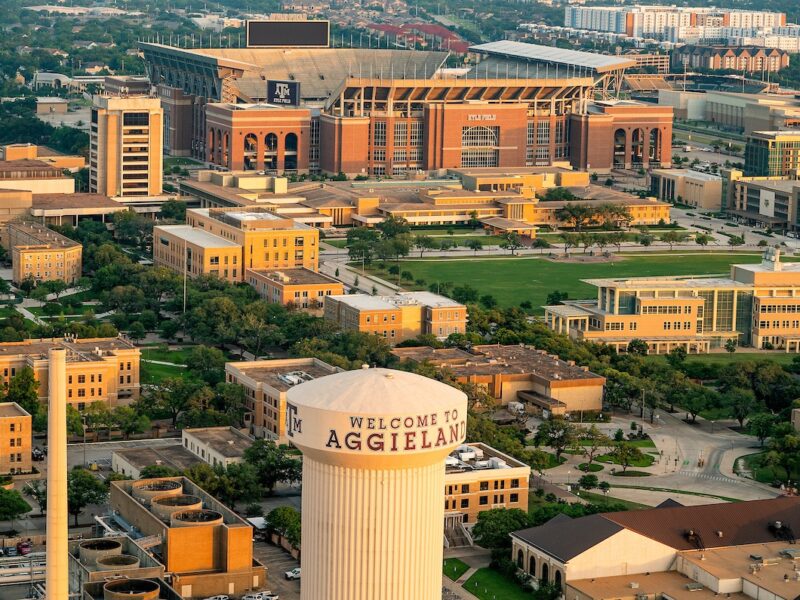Green Roof Installations Planned
Creating Green Roofs For The State Of Texas
When contractors talk of green buildings, they mean environmentally friendly and energy saving.
Add agricultural experts in the plans, and “green” also means plants, vibrant ornamental grasses, shrubs and flowers in park-like settings on the roofs of multistoried office buildings in cities.
“These green roofs actually will help mitigate problems in the urban areas like what people call having an urban heat island,” said Dr. Astrid Volder, Texas AgriLife Research horticulturist. “Urban areas are usually a lot hotter than rural areas, so having plants on your roof will actually facilitate cooling.”

Volder is studying the viability of green roofs with a team of researchers, Texas AgriLife Extension Service agents and Master Gardeners, and a commercial building company in Houston.
She said the green roof concept has “actually been around for thousands of years” and has been used in Europe for decades for the insulating ability, both to keep homes cooler in the summer and warmer in the winter.
In the U.S., the green roof industry grew by 28.5 percent in 2010, up from the 16-percent growth recorded in 2009, according to the annual survey by Green Roofs for Healthy Cities, a non-profit network of public and private entities that promote research and implementation of such systems in North America.
So why not in Texas?
“We’re thinking that green roofs could be really, really good for Texas because of the insulating properties of the roof that could cool buildings,” Volder said. “That could be wonderful in the summer for Texas buildings to provide additional cooling and reduce energy usage.”
But there’s a challenge.
“The problem with Texas is finding plant species that can survive in such a harsh environment,” the horticulture researcher said. “A plant growing on a roof is going to receive a lot of solar radiation, very high light conditions and not a lot of rain. And the plant is growing in maybe 4 inches of soil on the extensive-type green roof.
“My part is to look at what plants may work on top of a green roof and also how some of these plants contribute to some of the properties of the green roof,” she added.
Read more about Volder’s green roof research here. To watch Volder discuss her research, visit here.
Bringing Green Roofs To Texas A&M
Next fall, students from a variety of academic programs at Texas A&M will begin collaborating on an interdisciplinary, three-year project to install and monitor a green roof and living wall atop a campus building; an initiative aimed at preparing students to become leaders in energy conservation and resource management, said Bruce Dvorak, an assistant professor of landscape architecture who is spearheading the effort.
The project is funded by a $100,000 Texas A&M reallocation grant for enhancing students’ preparation for the workplace and society through high-impact learning experiences.
Green roofs have many benefits, such as reducing the “urban heat island” effect by absorbing light that would otherwise turn into heat energy, absorbing storm water and decreasing runoff, improving air quality and turning an unused space into a potential commercial or recreational space.
Bruce Dvorak, an assistant professor of landscape architecture, is leading a campus effort to install and monitor a green roof on a Texas A&M building.
“A living wall, said Dvorak, “is a vegetated wall designed to achieve benefits similar to green roofs, but much less is known about its performance.”
Though alternative campus sites for the rooftop project are currently under consideration, once under way, Dvorak said, the effort will engage up to 1000 students in three colleges from at least seven undergraduate programs, including architecture, construction science, environmental geosciences, environmental studies, landscape architecture, horticulture and meteorology.
“Green roof technology evolved in Europe to mitigate ecological stresses from urban development such as flooding, urban heat islands, air pollution, and drought prevention,” said Dvorak. “In North America, green roof research is beginning to demonstrate similar benefits; however, research in southern U.S. climates is lacking behind the northern U.S.”
The project will add to the findings from green roof research Dvorak began in 2009 atop the Langford Architecture Center.
Read more about Texas A&M’s green roof project here.
This article originally appeared in Texas A&M ArchOne.





